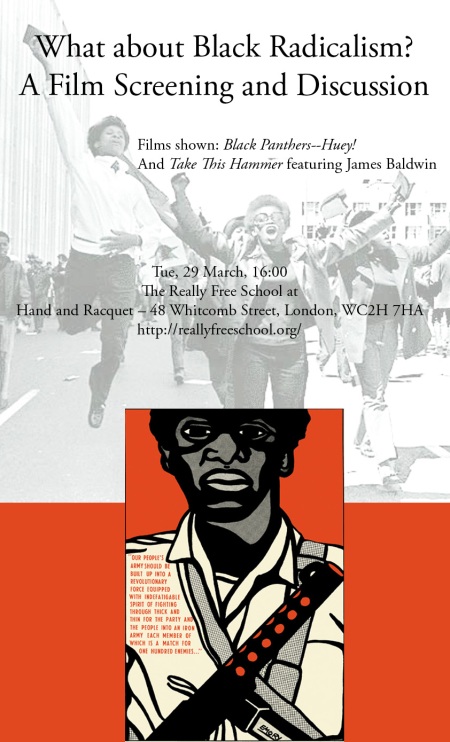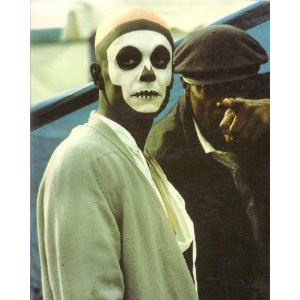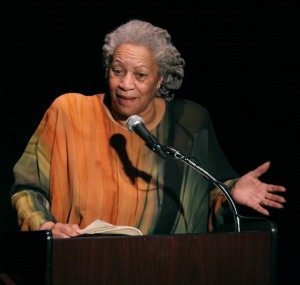Centre for Cultural Studies Research
School of Arts and Digital Industries
University of East London
Presents
Music, Politics and Agency Seminar 3: Sonic Radicalism
May 23rd 2012
13:00-17:00
University of East London, Docklands Campus
Room EB.1.03 (directions below)
Can sound subvert? Thinkers since Plato have assumed that it can, that social form and musical form are intrinsically linked, resonant, or pre-figurative of each other. In this seminar, lead
ing and innovative thinkers will interrogate and explore these claims and their implications.
Speakers and Papers:
Adam Harper
Musical Radicalism Beyond the Sonic
Adam Harper is a music critic, music theorist and author of Infinite Music: Imagining the Next Millennium of Human Music-Making (Zero Books), which argues for a contemporary reappraisal of modernist aesthetics and offers a system for understanding musical creativity, as well as pamphlets on the future of music and underground pop music for the Glasgow Centre for Contemporary Arts and Precinct respectively. He is a PhD candidate, tutor and teacher at the University of Oxford, writes regularly for Wire and Dummy magazines and blogs at Rouge’s Foam.
Matthew Pritchard
‘Cornelius Castoriadis: Music and the Radical Imagination’
Matthew Pritchard is British Academy Postdoctoral Fellow at the Music Faculty, University of Cambridge. His work centres on the history of music theory and aesthetics in the nineteenth and early twentieth century, addressing such topics as the role of the musical motive as vehicle for metaphorical imagination and negotiation, the political origins of modern music analysis, and the social organization of music-aesthetic discourse. “Who killed the concert? Heinrich Besseler and the inter-war politics of Gebrauchsmusik” recently appeared, with an accompanying translation of Besseler’s 1925 essay “Fundamentals of Musical Listening”, in the journal /twentieth-century music/.
Dhanveer Singh Brar
“The whites have become black” – grime, blackness and pathology
Dhanveer is a PhD candidate in Media and Communications at Goldsmiths College. His research focuses on black radicalism and its obscured manifestation through phonic substance. He has taught at Goldsmiths College, University of East London and Central St Martins College of Art. Dhanveer is also a member of the University for Strategic Optimism.
Respondent – Jason Toynbee
Jason Toynbee teaches in the Sociology Department at The Open University. At the moment he’s researching and writing about music and cosmopolitanism, and also trying to work out how far music has taken on an ideological role under neo-liberalism. HIs books include Making Popular Music: Musicians, Aesthetics and the Manufacture of Popular Music (Bloomsbury Academic, 2000) and Bob Marley: Herald of a Postcolonial World? (Polity 2007)
Chair – Jeremy Gilbert, UEL
All Welcome – No need to register
Room EB.1.03 is on the first floor, main building: turn left from main square when entering the square from Cyprus station.
Cyprus DLR (Docklands Light Railway) station is literally situated at the campus.



 Posted by whisperingdave
Posted by whisperingdave 




